Mitigating Ghostly URLS: Or, What Community Organizing and Database Administration Can Teach Us about the Public and Digital Humanities
By Adrienne Adams
The rhetoric of “access” undergirds the logic of professor and college student-created projects on digital platforms like Scalar and Omeka. Higher education stakeholders often form collaborations with non-academic partners and secure financial support from internal and external funding agencies to pursue these digital projects. The specific logic of access is that the website makes the information available to a wider, non-academic audience. Moreover, centralizing minoritarian groups’ narratives, primary source materials, and histories uplifts the groups’ knowledge production in a public, digital forum.
I participated in two enriching classroom public, digital humanist initiatives at my alma mater Occidental College, one regarding queer cultural production in Los Angeles with Professor Heather N. Lukes and David J. Kim and the other concerning gentrification in LA with Professor Donna Maeda.
One pain point I have discussed with the aforementioned professors and other digital project creators is the question of impact. More specifically, is this project useful for and/or reaching the audience the stakeholders claim it is for? Put bluntly, will this labor and resource-intensive project become another ghostly URL after the website launch?
While scholars have already identified this issue and other pain points (see the special issues of American Quarterly and New American Notes Online), the purpose of my blog post is to share how community organizing and database administration possess valuable insights for minoritarian-focused and led digital projects in the academy as well as the fields of public and digital humanities more broadly.
My understanding of community organizing stems from mobilizing with community organizer-scholars like Dr. Maria Avila and Celestina Castillo in Imagining America’s Southern California Cluster. The Cluster utilizes power mapping to clarify the group’s vision and strategy (which the embedded link upon expands on). Power mapping is a tool that identifies the landscape of stakeholders, including accomplices and barriers, in implementing a vision and strategy. One key component of this tool is articulating the current relationships with stakeholders and a timeline for how long it will take to build trust.
This honest reckoning is useful for public and/or digital humanist initiatives. One way to pursue this reflection is questioning: Does your timeframe allot adequate time for your potential stakeholders (ie: community partners) to cultivate a vested interest in not only your project, but you as a collaborator? This reflection requires shifting from the framework of logistics (ie: can this partner do this interview for me) to a “Venn Diagram“ of timelines and missions (ie: how the partnership lends to our individual and collective objectives; where does the proposed project fit into that?).
Like community organizing, database administration concerns itself with the question of stakeholders (ie: users and software vendors) in the process of creating and maintaining a database (ie: image and video repository) for an institution. Working as a post-baccalaureate fellow in the Collection Information and Digital Assets (CIDA) at the Los Angeles County Museum of Art exposed me to business/data requirements analysis. The goal of this approach is to ensure that what is being created, whether a database or in our case a digital project, is relevant and feasible for both the end users and the project developers. One pivotal aspect of this analysis is outlining business use cases. Use Cases entails listing known user behaviors and issues, naming how the project seeks to address such approaches, and supplementing each with previous or hypothetical examples.
Creating business use cases in digital and/or public humanist contexts ensures that the project or partnership in progress bears in mind both the behaviors and outlooks of the stakeholders (ie: students) and audiences. This process also unearths what a project manager or team does not know about their stakeholders, purports to know about them, and how biases or assumptions structure their understanding.
Both power mapping and business use cases emphasize considerations of how human connection and attendant factors (ie: institutional position, identities, personal histories) structure public and digital humanist endeavors. The issue of access (not to be confused with accessibility) is a veil that obscures a complex web of relations with social and digital codes ever present in each step of a collaboration, project, and/or initiative. Though seemingly amorphous, the question of relation materializes in the countable views (or lack thereof) of a digital project, seemingly innocent silences in meetings with community partners, and ghostly URLS.
Featured Image: “404-error-page-” by npamedia is licensed under CC BY-NC-SA 2.0


